On March 28, 1954, after the end of the Conference to discuss the Second Phase of Operation Plan (taking place from March 25 to 27, 1954), General Vo Nguyen Giap sent Order No. 83 ML/B1 to the 312th, 316th, 308th, 304th, and 351st Divisions to assign specific tasks to the units in the second phase of attack.
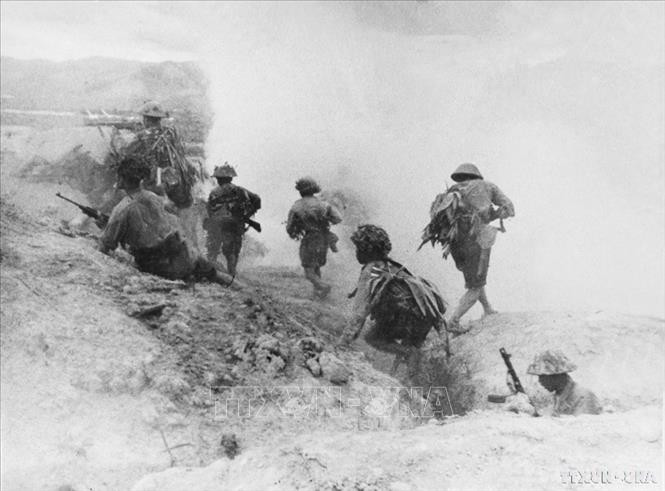
Concentrate on simultaneously capturing the eastern high points
The encirclement of our trenches was gradually closing, making it impossible for the French colonialists to retreat, as well as difficult for them to send in a large number of reinforcements. Our trenches had broken the basic structure of the Dien Bien Phu stronghold, completely separating the Hong Cum sub-sector from the central area. From this moment on, General De Castries could no longer expect the rescue of the battalions stationed in the south of Muong Thanh field.
Panicked by the stormy advances of our army and the encircling trenches that were gradually tightening, on March 23, 1954, General De Castries sent letter No. 44/CAB to General Cogny. In the letter, General De Castries directly admitted: “Our bombs and artillery did not seem to slow down their advance... Our reconnaissance teams were all stopped after a short distance and could not break through the encirclement. Daily communication with Hong Cum became increasingly difficult, requiring a whole march to get there... the morale of the soldiers was seriously declining... Unless there was a new factor, which I cannot currently determine clearly what it was or what form it would take, I think the situation could only get worse.”
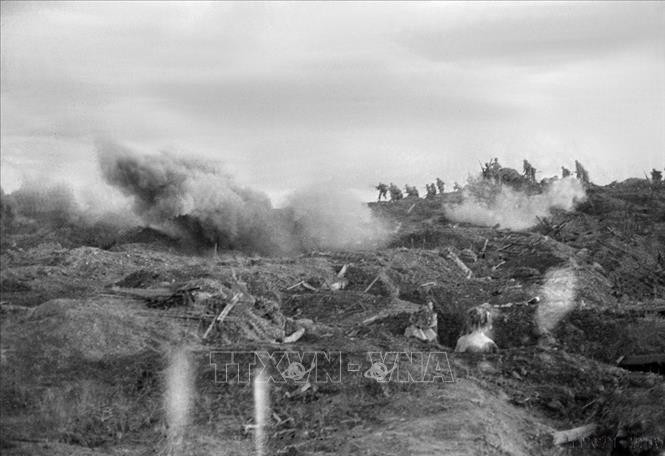
Meanwhile, the Party Committee of the Front carefully studied the layout of the central sub-sector and realized that the battle of Dien Bien Phu was decided on the high points in the East, along the Nam Rom River. Here a range of hills rose from the North to the South, on both sides of Highway 41 and along the riverbank. These hills controlled the entire central sub-sector, including De Castries's Command Post, artillery positions and the airport.
The French colonialists took advantage of the hill range to form a key defensive area with two strong resistance centers, Dominic and Elian. Each center consisted of many strongholds. These strongholds were partly located on the hills, partly in the fields on the riverbank. But the most important were the high points. If these high points were captured by our troops, the strongholds below could not survive and all the strongholds on the fields on the other side of the Nam Rom River were also threatened by our direct fire, especially artillery.
Therefore, the policy of the Front Party Committee in this second offensive was to concentrate on the superiority of troops and firepower to simultaneously capture the high points in the East. Among these, there were five important high points. These were high points: E, D1 belonging to the Dominican resistance center, and high points C1, C2, A1 belonging to the Elian resistance center. High points: E and D1 located on both sides of Highway 41 were the highest high points in the North, about 70 meters above ground, directly controlling the airport and two 105mm artillery positions at the foot of the hill. High point A1 at the southern end was lower, about 40 meters, but was especially important because it was right next to the central area, very close to De Castries' Command Post. High points C1 and C2 bordered A1 to the North, were small low hills, but were both close to the central area. The high points E, D1, D2, C1, A1 are located on the outer ring, adjacent to our attack position. Other high points such as: D3, C2... are located on the inside.
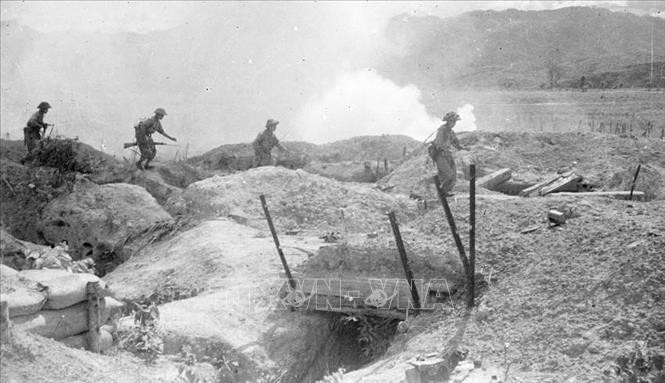
Besides, in this second attack, our troops had many favorable conditions, such as: concentrated firepower, solidly built attack and siege positions, our troops had gained more combat experience, and the enemy's morale after several months of siege and several recent defeats had decreased significantly.
Therefore, the Central Military Commission advocated: Concentrating on absolute superiority in military and firepower, destroying the entire area east of Dien Bien Phu, aiming to destroy an important part of the enemy's forces, including a number of mobile units; occupying all the high points in the east, turning those high points into our battlefields to threaten the Muong Thanh area. In the west, our troops destroyed a number of strongholds, advancing close to the airport. Our troops carried out the above operational policy to create sufficient conditions to switch to a general attack, destroying all enemy troops in the stronghold group.
Specific tasks of the units:
On March 28, 1954, after the end of the Conference to discuss the Second Phase of Operation Plan (taking place from March 25 to 27, 1954), General Vo Nguyen Giap sent Order No. 83 ML/B1 to the 312th, 316th, 308th, 304th, and 351st Divisions to assign specific tasks to the units in the second phase of attack.
- Division 312: attached to two 75mm artillery companies, two 120mm mortar companies, one 82mm mortar company, with the mission of destroying high points E, D1 and D2 in the Dominican resistance center; attacking the enemy artillery position at high point 210 and the puppet paratrooper battalion stationed in this area.
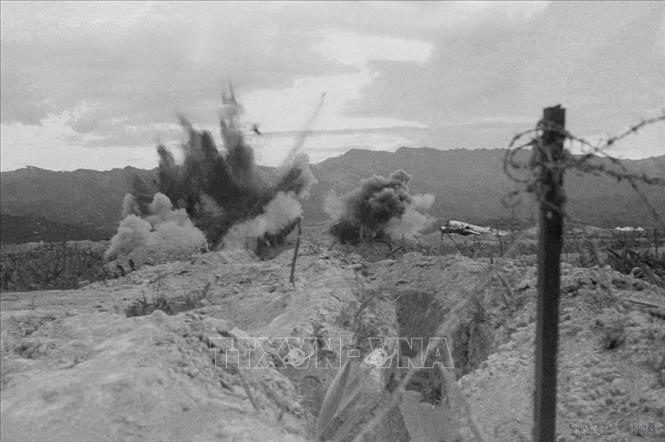
After destroying the enemy, leave a small part of the troops, increase firepower, renovate fortifications, occupy the battlefield, prevent the enemy from counterattacking and retaking it, and immediately organize firepower positions to control the enemy in Muong Thanh.
- Division 316: (missing one Regiment), assigned to two 75mm artillery companies, two 120mm mortar companies, two 82mm mortar platoons, with the mission of destroying Al, C1 and C2 high points in the Elian resistance center; at the same time, coordinating with other units to destroy the enemy's mobile airborne forces.
After destroying the enemy, leave a small part of the troops, increase firepower, renovate fortifications, occupy the battlefield, prevent the enemy from counterattacking and retaking it, and immediately organize firepower positions to control the enemy in Muong Thanh.
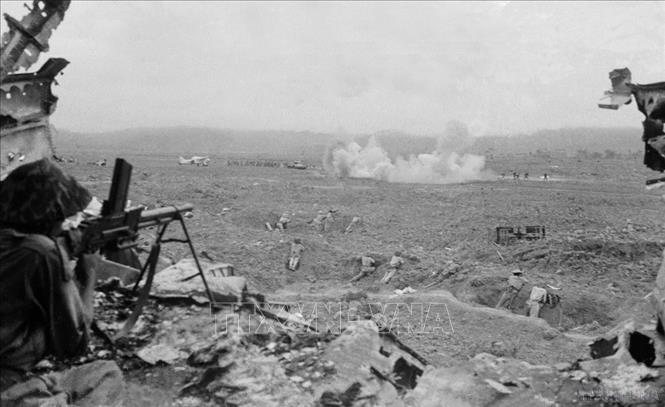
- Division 308 : has the mission of destroying the enemy in the Eastern depth area including: the 2nd Thai puppet battalion and enemy artillery there; coordinating with the 98th Regiment of the 316th Division to destroy the 6th colonial parachute battalion (6è BPC); attacking bases 106 and 311 in the West.
After destroying the enemy, leave a small part of the force, increase firepower, renovate fortifications, occupy the battlefield, do not let the enemy counterattack and retake it, and immediately organize firepower positions to control the enemy in Muong Thanh. Destroy the mobile airborne force and block enemy reinforcements from Hong Cum the next day.
- Division 304: attached to Battalion 888 (Division 316), a 105mm howitzer company, a 120mm mortar company, 18 12.7mm anti-aircraft heavy machine guns, with the mission of: restraining enemy artillery positions in Hong Cum, blocking enemy reinforcements from Hong Cum to Muong Thanh and fighting paratroopers around and south of Hong Cum.

- Division 351: directly supported the infantry in attacking the high points: A1, D1, C1, E; suppressed enemy artillery, destroyed enemy mobile forces in the deep area* east of Muong Thanh; restrained enemy artillery in Muong Thanh and Hong Cum. The 367th Anti-Aircraft Artillery Regiment alone supported the infantry and artillery in fighting day and night.
This was the largest-scale siege ever. At the beginning of the campaign, our troops only attacked each resistance base and each enemy battalion individually. This time, we attacked an area consisting of many resistance bases with many enemy battalions.
Therefore, General Vo Nguyen Giap advised: this battle is large-scale and fierce. “Commanders at all levels must heighten their determination to fight, be resolute and brave, and quickly not to lose the opportunity to destroy the enemy. They must personally go to the front, inspect, urge, organize the battle, and motivate the soldiers.”
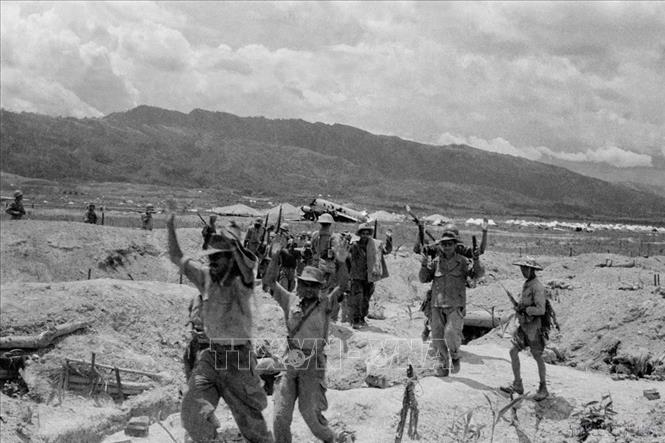
In addition, it is necessary to "focus on organizing firepower, organizing breakthrough teams, and organizing deep penetration teams. It is necessary to base on coordination instructions to establish a detailed plan for coordination between artillery and infantry units, along with a plan for information and communication".
* Tung tham: depth of the battlefield; deep inside; thrust deep (Great Vietnamese Dictionary, Culture-Information Publishing House, Hanoi , 1998, p. 1749)
[Source: VNA; books: General Vo Nguyen Giap: Complete Memoirs, People's Army Publishing House, Hanoi, 2010, pp. 1019, 1020; Some documents directing the 1953-1954 Winter-Spring Campaign; Dien Bien Phu Campaign 1954, People's Army Publishing House, Hanoi, 2004, pp. 473-476].
Source


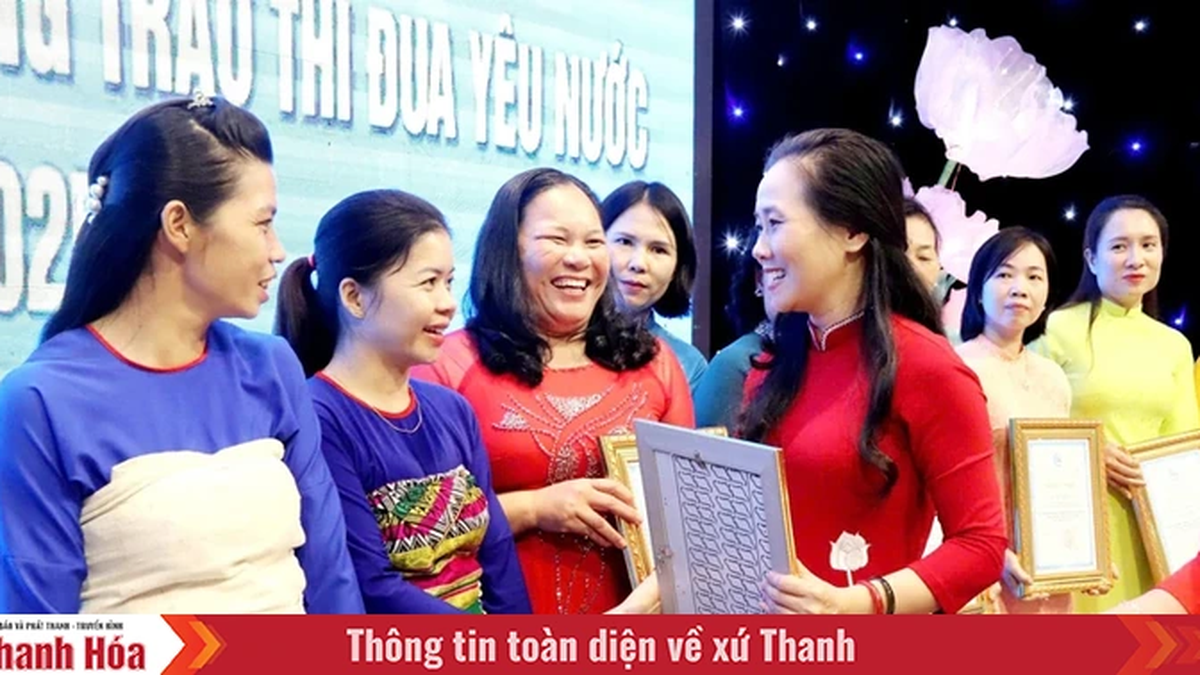
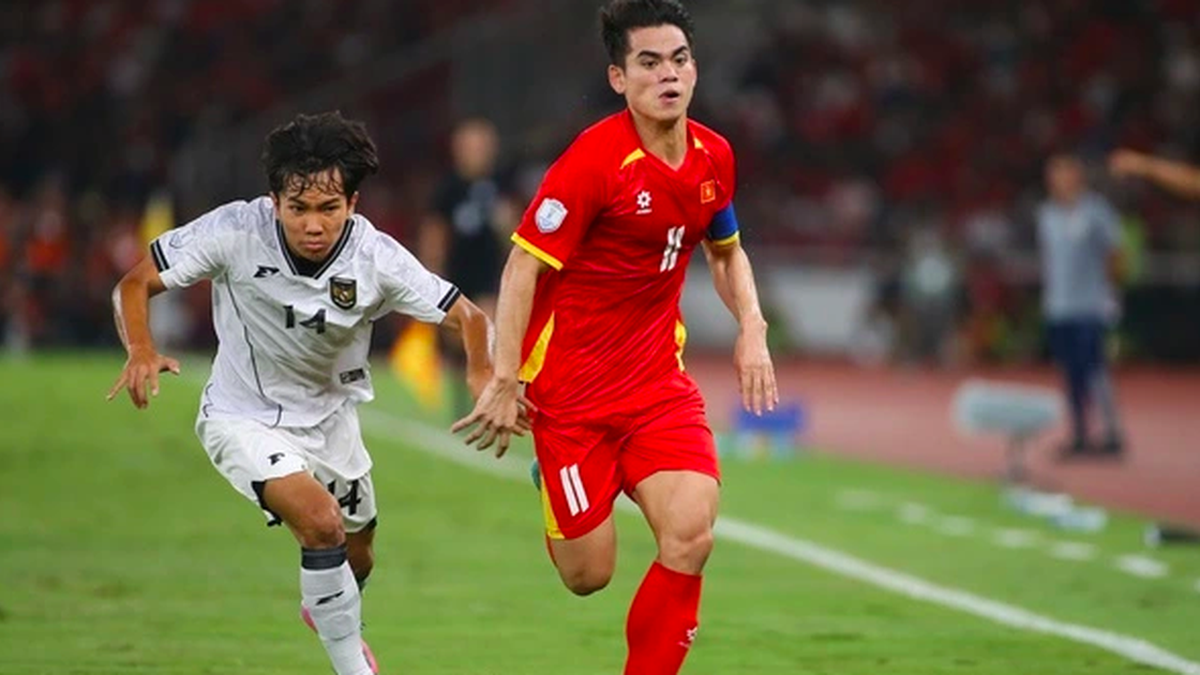

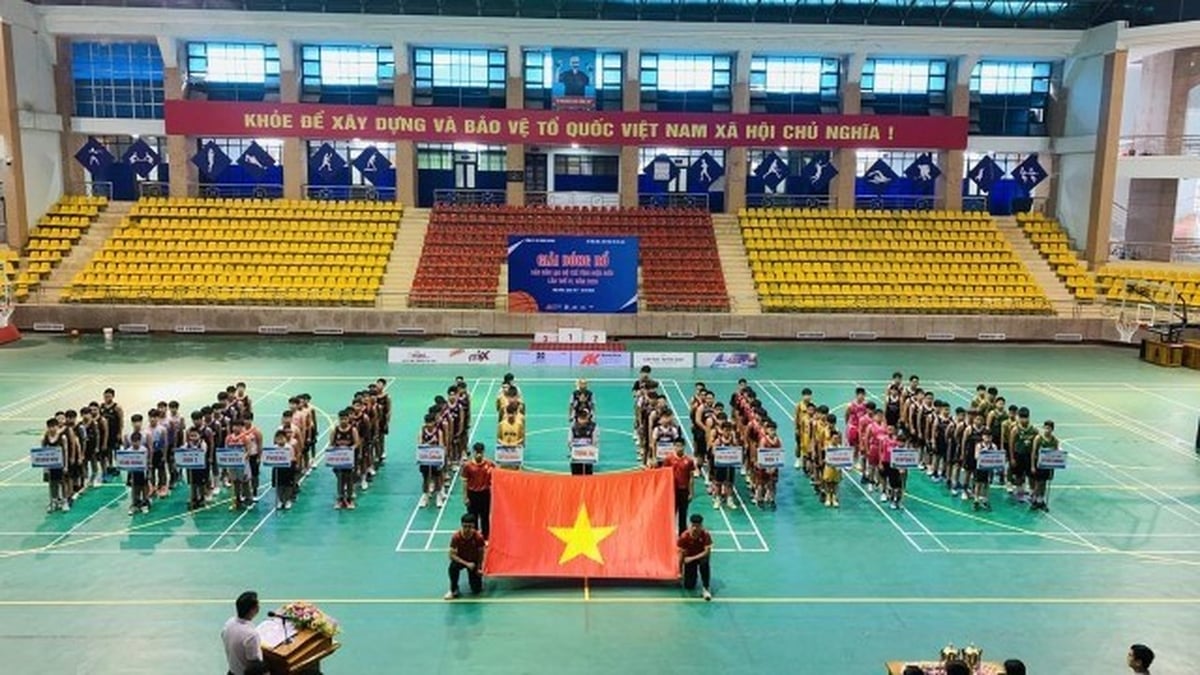
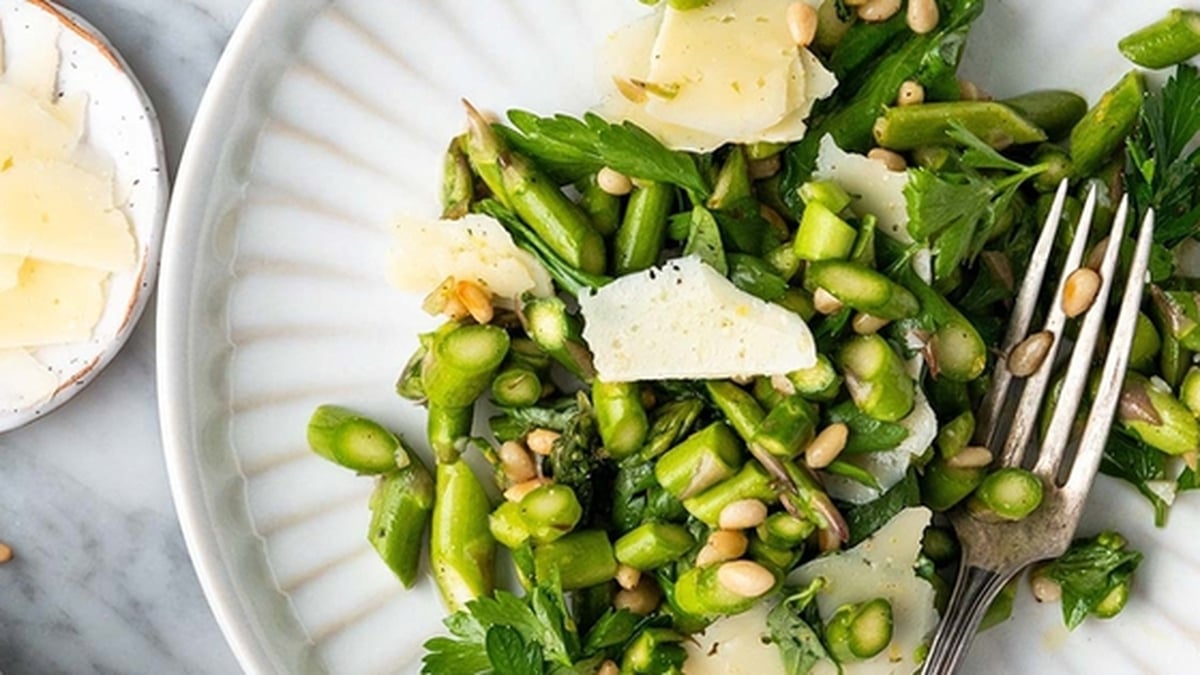
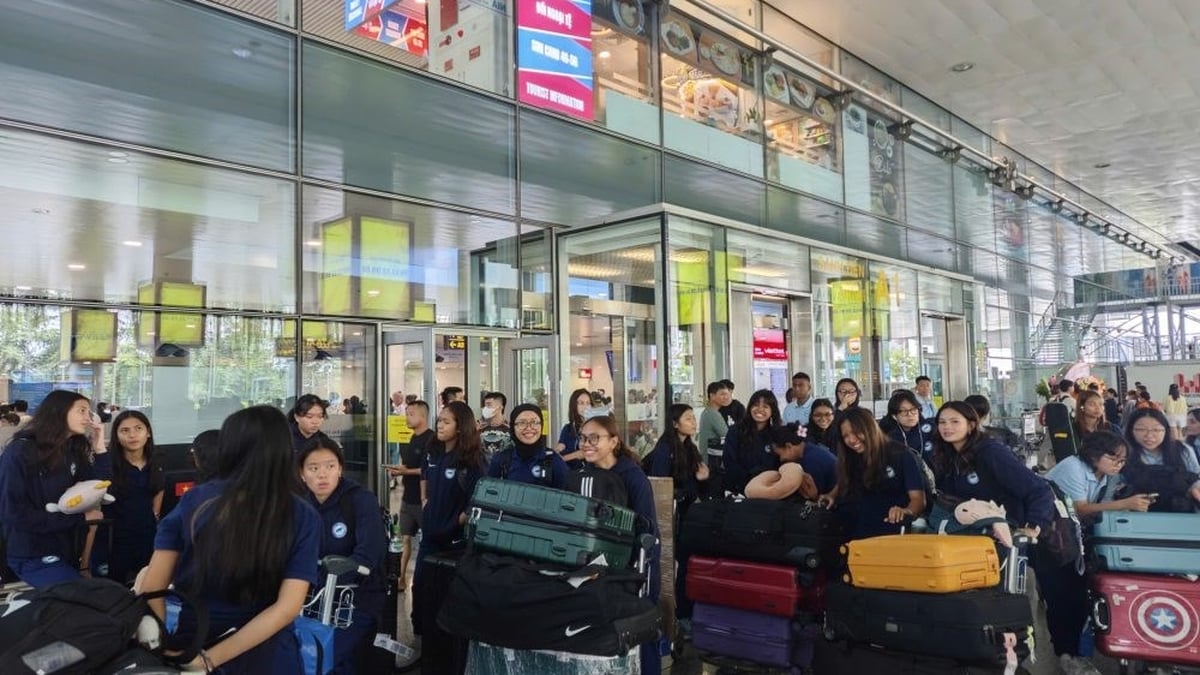

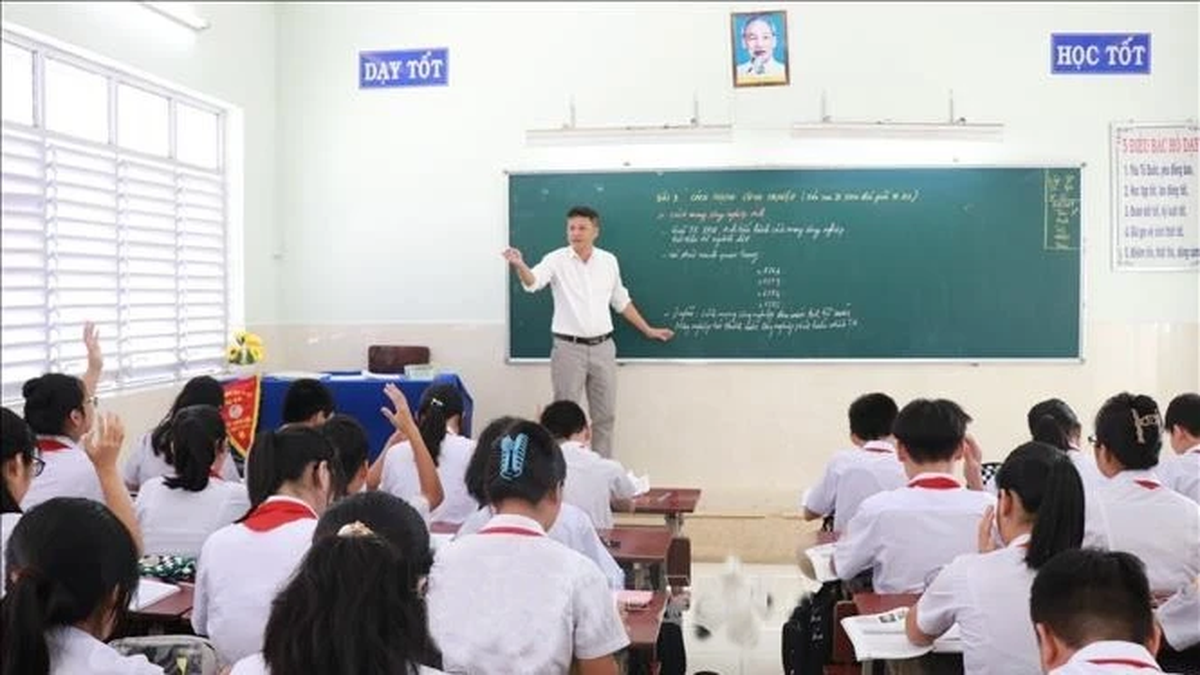
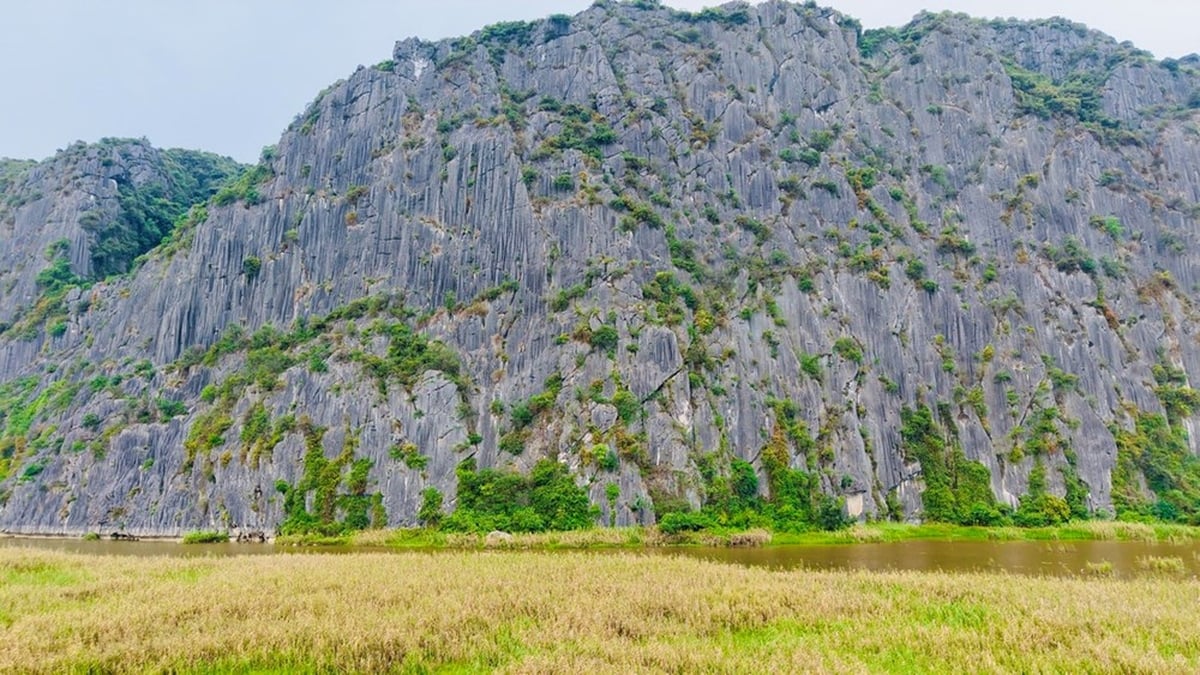
























































































Comment (0)